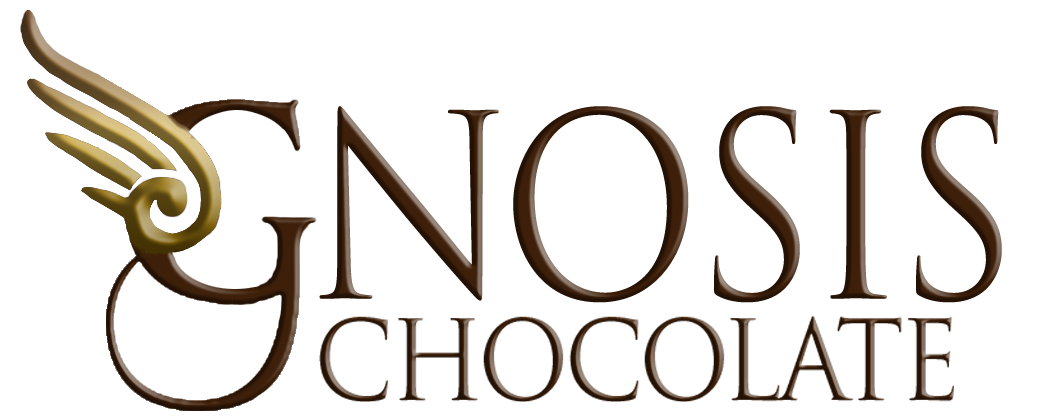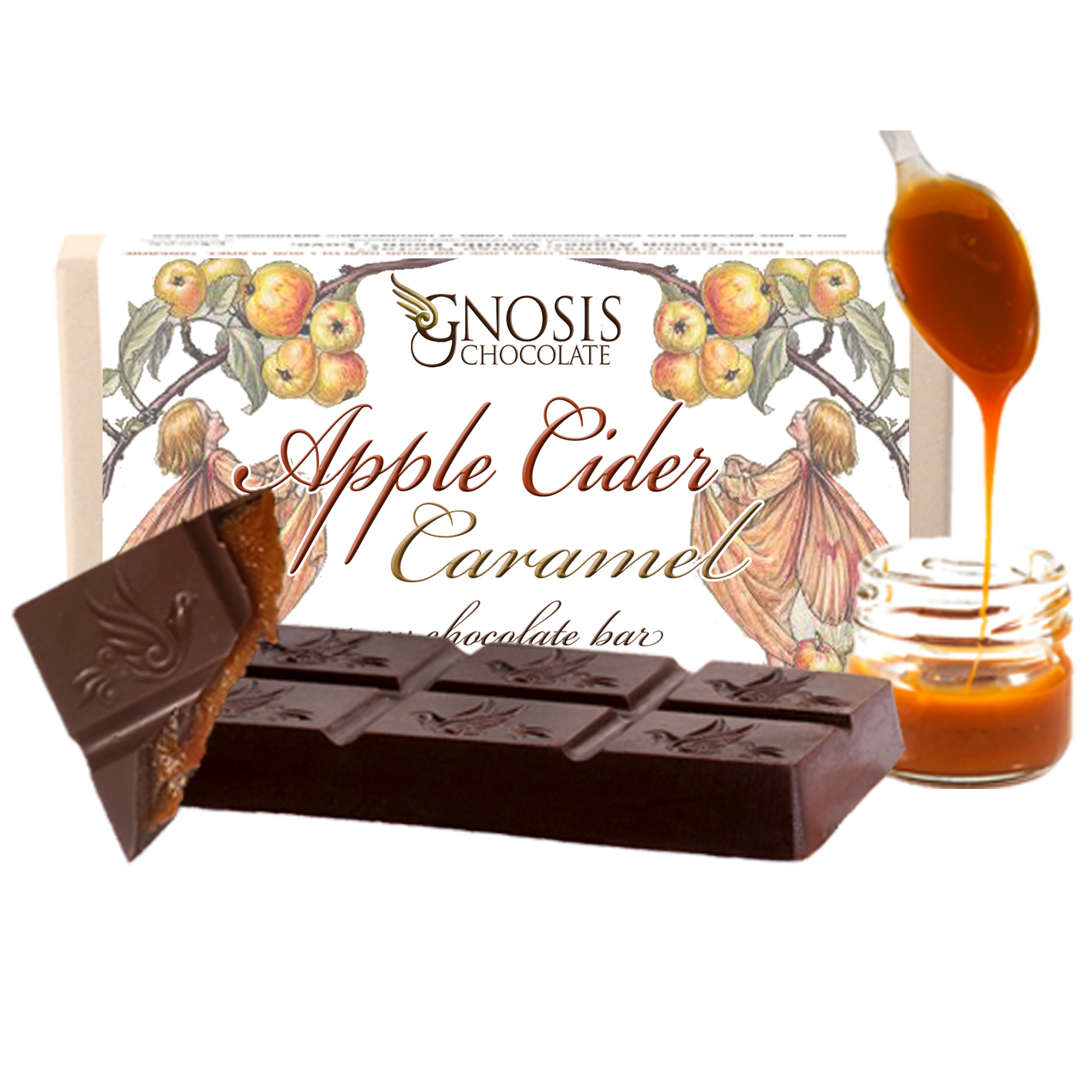Apple Cider
Gnosis Autumn Spice Alchemy
TULSI is worshipped, is offered the gods and is grown in many Hindu households not in vain but for a well-established reason – this humble, inexpensive herb comes loaded with a host of benefits. Tulsi is extremely beneficial for humans. From warding off some of the most common ailments, strengthening immunity, fighting bacterial & viral infections to combating and treating various hair and skin disorders – just a few leaves of tulsi when used regularly can help resolve a host of health and lifestyle related issues.
ECHINACEA has long been known as a powerful fighter against colds and the flu. However, most people don’t know that this incredible herb contains cannabinoids that can help boost your immune system by providing something called alkylamides. These are the compounds that help your body absorb nutrients. And that’s really the challenge these days, isn’t it? We go through our days with stress and toxin exposure and what we really need to be able to do is fight back effectively.
The PAU D’ARCO tree has a long and revered history in South America. Used first by the Callaway tribe - descendants of the Incas - for 1000’s of years to treat almost every malady imaginable. From malaria to the common cold, insect bites or fungal infections – Pau d’arco was the answer. Referred to as the “divine tree” by Brazilians, Pau d’arco is a cure-all herb derived from the bark of a tree. In the recent past Pau D Arco, and phytochemical compounds of the plant (lapachol and beta lapachone, for instance), have been subject to many scientific studies results of which have documented effective anti-cancerous, anti-tumor and anti-leukemic properties. The heartwood of tabebuia aqvellaneda contains napthaquinones in lapacho have significant antifungul activity – against Candida albicans in particular and are antibacterial. Also Pau D’Arco has great amounts of quercetin, which are thought to stimulate the immune system, cleanse the body and stimulate the production of red blood cells.
With a lengthy history dating back to the Inca civilization, CAT’S CLAW has been used as a traditional medicine in the Andes to treat inflammation, gastric ulcers, rheumatism, dysentery, intestinal complaints and wounds. The tribes of the Amazon have used this woody vine as a general tonic to promote good health for 1000’s of years – a tonic that can be used to bring anyone back to health. Its reputation as a “cure all” now seems to be validated by modern science, with numerous studies on the plethora of active compounds shedding new light on this ancient herb. For the Asháninka Indians Cat's Claw is the totality of their culture. Traditionally every adult from the tribe carries the bark with them in a little woven pouch. It is not just the plant they harbor as sacred, they also honor what it has done for their ancestors. The Asháninka are an Amazonian tribe that live deep in the jungle, far from habitation and other tribes. It is thought that the Asháninka taught all other Amazonian Indians in the area about the qualities of this amazing plant. It is said to provide relief for arthritis, lower high blood pressure, aid in detoxification of the intestinal tract and reduce inflammation while replenishing friendly bacteria.
CHAGA MUSHROOM has been used as a folk medicine since the 16th century. New research continues to emerge as we focus more attention toward natural remedies and herbal medicine. Chaga has been historically used as an anti-tumor, anti-viral and adaptogenic herb. (Adaptogen: An herbal or natural substance that is thought to increase resistance to stress, trauma, anxiety and fatigue. A natural substance considered to help the body adapt to stress and that exerts a normalizing effect upon bodily processes.) Chaga grows in harmony with the birch tree and generally in very cold deciduous forests. It can be found in the temperate forests of Russia, Korea, China, Europe, Canada, northern regions of the United States and in the forests of the Appalachian mountains. Chaga is antimicrobial, anti-bacterial, anti-fungal, anti viral and anti-candida. Chaga is high in phytochemicals, nutrients, and free-radical scavenging antioxidants such as melanin that nourishes the skin and has been shown to reverse melanoma. This mushroom was basically the life support system of Siberian shamanism. It tonifies the organ systems, strengthens the immune system and helps detoxify the body of environmental toxins such as plastics, particularly bisphenol-A (BPA). Traditional chaga lore says that people who drink chaga tea live to be over 100, a true longevity superherb. Chaga contains high amounts of betulin, or betulinic acid concentrated from the outer white part of the birch tree. The high concentration of betulinic acid gives chaga its anti-tumor and anti-mutogenic properties. The super immune modulating properties of chaga have been attributed to the molecules present in chaga known as beta-glucans, a polysaccharide. It is these active components of chaga that make it effective in combating viruses, cancer, bad bacteria and harmful fungi like candida.
CINNAMON People have used cinnamon since 2000 BC in Ancient Egypt, where they regarded it highly. In medieval times, doctors used it to treat conditions such as coughing, arthritis, and sore throats. It is now the second most popular spice, after black pepper, in the United States and Europe. A 2019 meta-analysis of 16 randomized control trials with patients with type 2 diabetes or pre-diabetes identified that cinnamon reduced fasting blood glucose (though not HgA1C A). Journal of Food Science study found that cinnamon could help in the regulation of intestinal microbiota, and acts as a prebiotic, promoting the growth of beneficial bacteria in the gut. Columbia University researchers found cinnamon to help manage symptoms of polycystic ovary syndrome. Specifically, cinnamon may improve insulin resistance, hence restoring a regular menstrual cycle.


